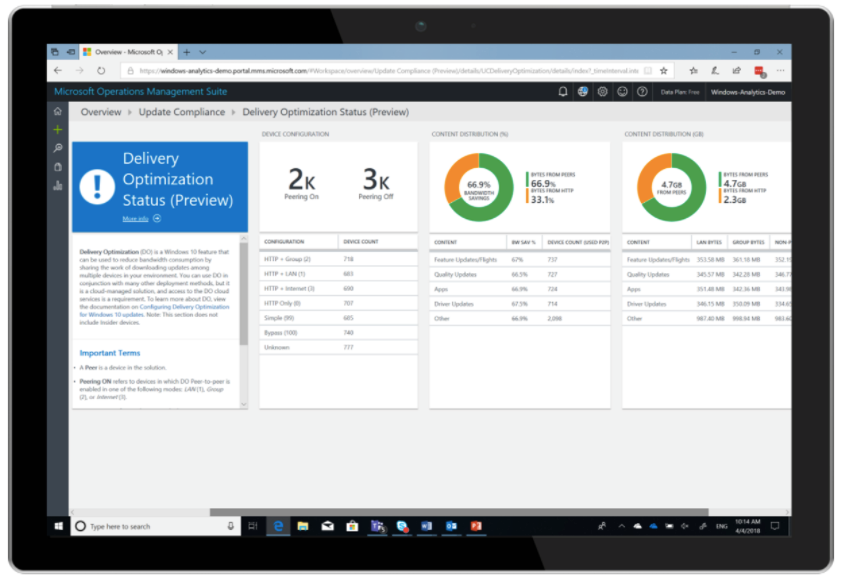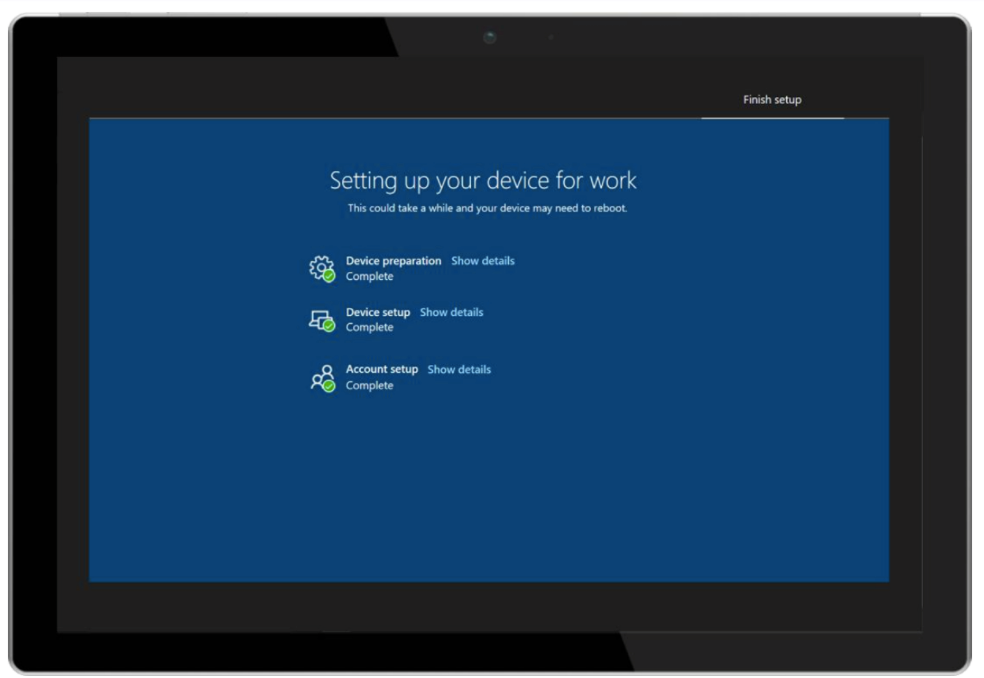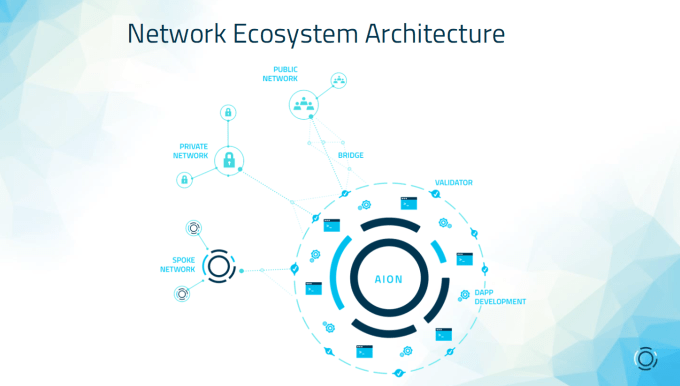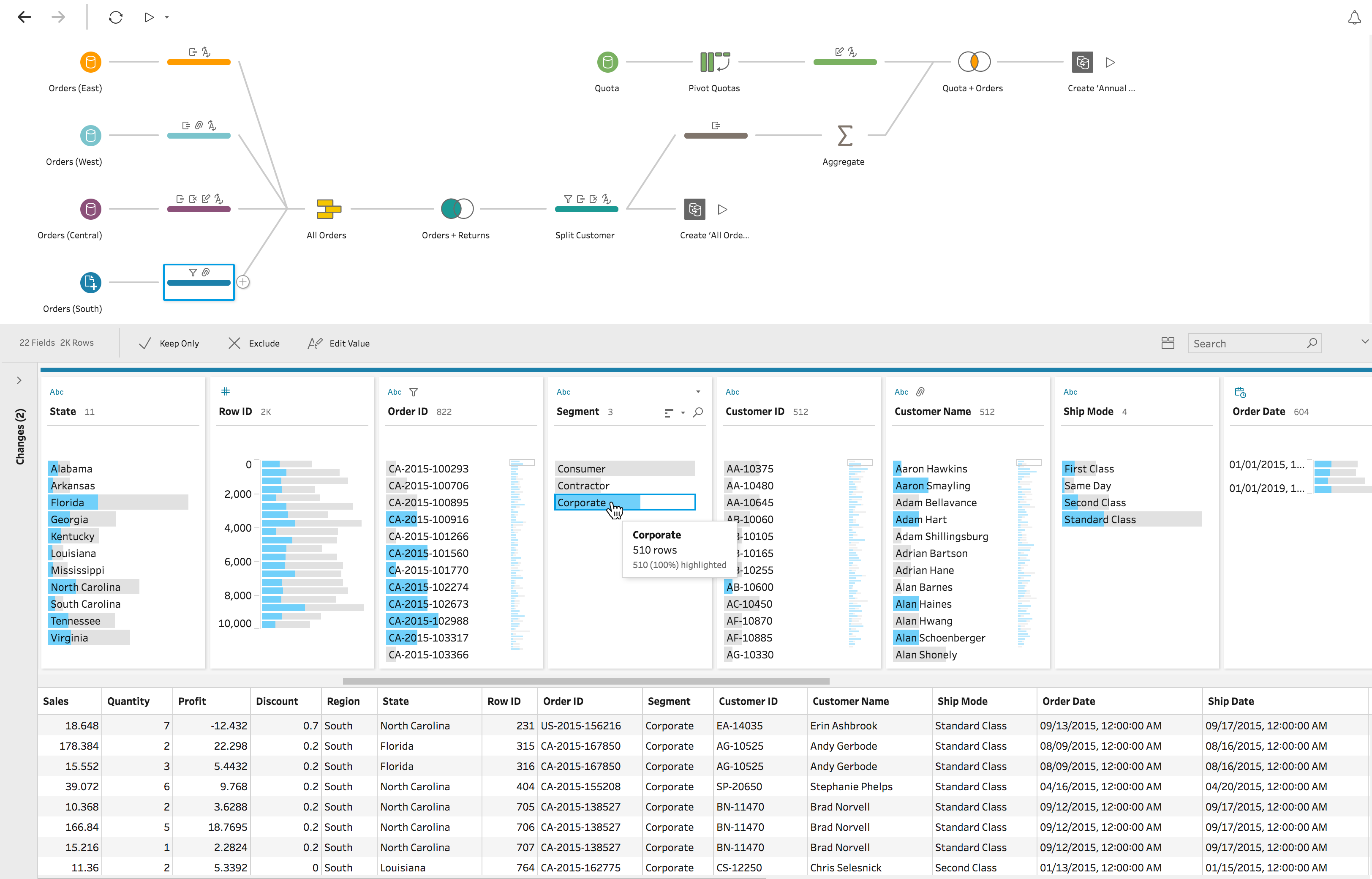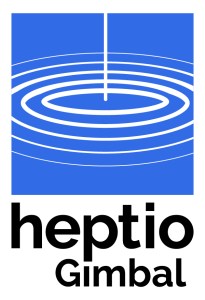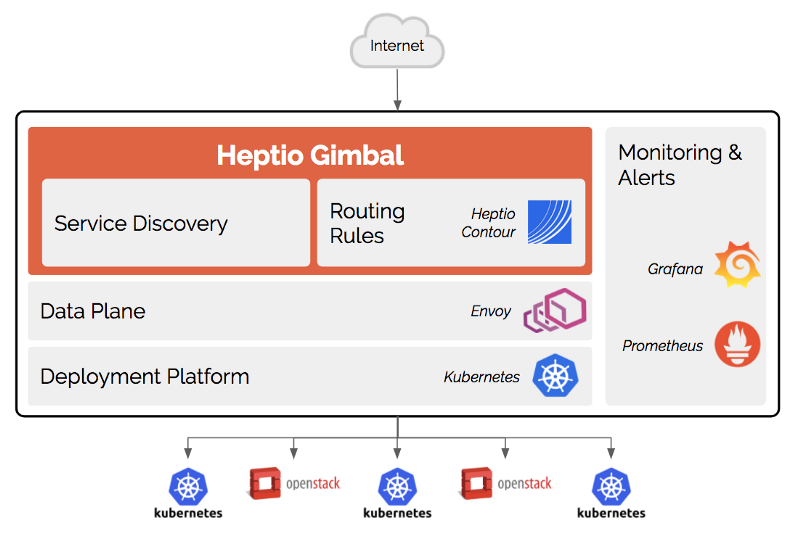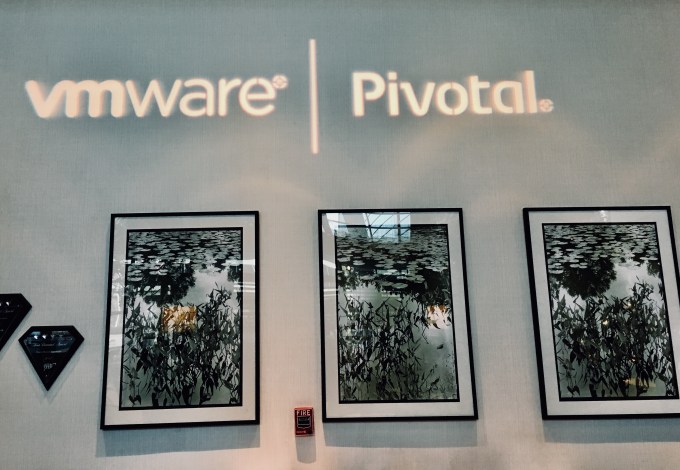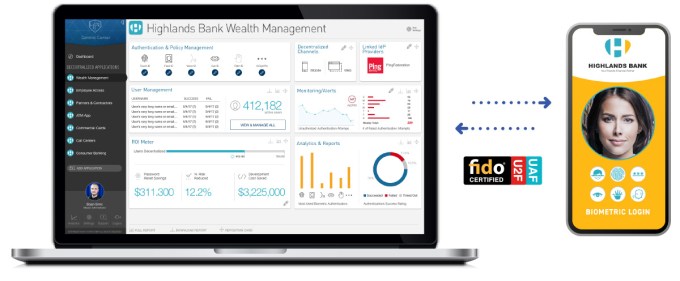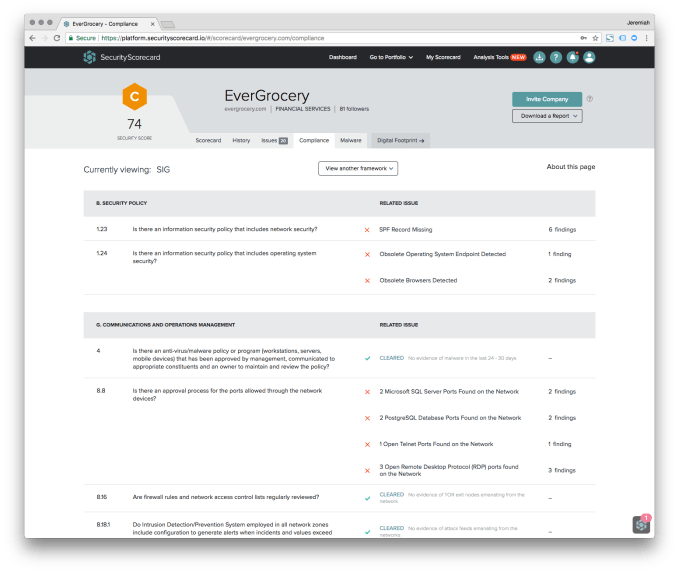There is nothing meritocratic about sales. A startup may have the best product, the best vision, and the most compelling presentation, only to discover that their sales team is talking to the wrong decision-maker or not making the right kind of small talk. Unfortunately, that critical information — that network intelligence — isn’t written down in a book somewhere or on an online forum, but generally is uncovered by extensive networking and gossip.
For David Hammer and his team at Emissary, that is a problem to solve. “I am not sure I want a world where the best networkers win,” he explained to me.
Emissary is a hybrid SaaS marketplace which connects sales teams on one side with people (called emissaries, naturally) who can guide them through the sales process at companies they are familiar with. The best emissaries are generally ex-executives and employees who have recently left the target company, and therefore understand the decision-making processes and the politics of the organization. “Our first mission is pretty simple: there should be an Emissary on every deal out there,” Hammer said.
Expert networks, such as GLG, have been around for years, but have traditionally focused on investors willing to shell out huge dollars to understand a company’s strategic thinking. Emissary’s goal is to be much more democratized, targeting a broader range of both decision-makers and customers. It’s product is designed to be intelligent, encouraging customers to ask for help before a sales process falters. The startup has raised $14 million to date according to Crunchbase, with Canaan leading the last series A round.
While Emissary is certainly a creative startup, its the questions spanning knowledge arbitrage, labor markets, and ethics it poses that I think are most interesting.
Sociologists of science generally distinguish between two forms of knowledge, concepts descended from the work of famed scholar Michael Polanyi. The first is explicit knowledge — the stuff you find in books and on TechCrunch. These are facts and figures — a funding round was this size, or the CEO of a company is this individual. The other form is tacit knowledge. The quintessential example is riding a bike — one has to learn by doing it, and no number of physics or mechanics textbooks are going to help a rider avoid falling down.
While org charts may be explicit knowledge, tacit knowledge is the core of all organizations. It’s the politics, the people, the interests, the culture. There is no handbook on these topics, but anyone who has worked in an organization long enough knows exactly the process for getting something done.
That knowledge is critical and rare, and thus ripe for monetization. That was the original inspiration for Hammer when he set out to build a new startup.“Why does Google ever make a bad decision?” Hammer asked at the time. Here you have the company with the most data in the world and the tools to search through it. “How do they not have the information they need?” The answer is that it has all the explicit knowledge in the world, but none of the implicit knowledge required.
That thinking eventually led into sales, where the information asymmetry between a customer and a salesperson was obvious. “The more I talked to sales people, the more I realized that they needed to understand how their account thinks,” Hammer said. Sales automation tools are great, but what message should someone be sending, and to who? That’s a much harder problem to solve, but ultimately the one that will lead to a signed deal. Hammer eventually realized that there were individuals who could arbitrage their valuable knowledge for a price.
That monetization creates a new labor market for these sorts of consultants. For employees at large companies, they can now leave, take a year off or even retire, and potentially get paid to talk about what they know about an organization. Hammer said that “people are fundamentally looking for ways to be helpful,” and while the pay is certainly a major highlight, a lot of people see an opportunity to just get engaged. Clearly that proposition is attractive, since the platform has more than 10,000 emissaries today.
What makes this market more fascinating long-term though is whether this can transition from a part-time, between-jobs gig into something more long-term and professional. Could people specialize in something like “how does Oracle purchase things,” much as how there is an infrastructure of people who support companies working through the government procurement system?
Hammer demurred a bit on this point, noting that “so much of that is being on the other side of those walls.” It’s not any easier for a potential consultant to learn the decision-making outside of a company than it is for a salesperson. Furthermore, the knowledge of an internal company’s processes degrades, albeit at different rates depending on the organization. Some companies experience rapid change and turnover, while knowledge of other companies may last a decade or more.
All that said, Hammer believes that there will come a tipping point when companies start to recommend emissaries to help salespeople through their own processes. Some companies who are self-aware and acknowledge their convoluted procurement procedures may eventually want salespeople to be advised by people who can smooth the process for all sides.
Obviously, with money and knowledge trading hands, there are significant concerns about ethics. “Ethics have to be at the center of what we do,” Hammer said. “They are not sharing deep confidential information, they’re sharing knowledge about the culture of the organization.” Emissary has put in place procedures to monitor ethics compliance. “Emissaries can not work with competitors at the same time,” he said. Furthermore, emissaries obviously have to have left their companies, so they can’t influence the buying decision itself.
Networking has been the millstone of every salesperson. It’s time consuming, and there is little data on what calls or coffees might improve a sale or not. If you take Emissary’s vision to its asymptote though, all that could potentially be replaced. Under the guidance of people in the know, the fits and starts of sales could be transformed into a smooth process with the right talking points at just the right time. Maybe the best products could win after all.
